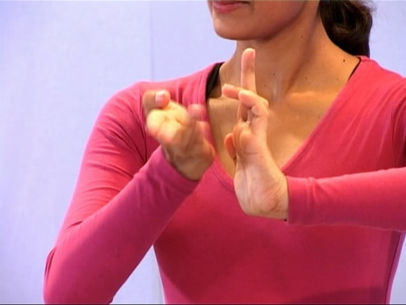x
The Tree-Hugger is based on a true story from 1730 in India. A young woman, Amrita Devi and her three daughters sacrifice their lives to protect the trees in their community. On seeing their sacrifice, many people from her village follow suit: laying down their lives to save the trees.
The sacrifice of Amrita and her community later inspired one of India's most effective environmental movements called CHIPKO in the 1970s. In turn, this inspired many similar movements worldwide.
The script for this performance, inspired by the true events, is written by Mona Sehgal for young audiences.

This true story from eighteenth-century India is presented in a new verse form by author Mona Sehgal. The Tree Hugger is produced in partnership with The Culture Tree, a leading New York-based organization that promotes cultural literacy about South Asia through language, educational & cultural programs.
Why is The Tree Hugger important?
RCP's Artistic Director, Preeti Vasudevan, explains the importance of this story:
The Storyteller's Toolkit
The techniques an Indian classical dancer uses to create an emotional mood are grouped under the term "saatvika abhinaya" (SAAT-vika ab-in-EYE-a). In particular, the face is a key tool for communicating emotion—Indian dancers train for years to perfect these expressions!
Watch how Preeti manipulates different aspects of facial expression (eyes, lips, eyebrows) to create the emotional effect.
(Note: These videos do not have voiceover/subtitles.)
Every culture uses its hand gestures for expression: in bharatanatyam (Indian classical dance) these gestures are classified in minute detail. Each gesture has specific meanings and applications. Each video includes the name of different facial expressions, or "saatvika abhinaya," and hand gestures, or "mudras" in Sanskrit (the classical language of India) along with examples and applications.
Commentary & Analysis
In the video below, Preeti explains how she uses the classical gestural vocabulary of Indian dance to tell the story:
The Red Curtain Drawing Challenge
We challenge you to create a drawing inspired by Amrita and her daughters' great sacrifice to protect trees and their environment. If you had to make a small sacrifice for our environemtn, what would it be? Draw what you might do to save the planet!
Send us your drawings at info@threshdance.org and you'll see them here on the site.
Protecting trees in India
Learn about the various environmental protection movements in India to protest and prevent deforestation:
Meet Our Global Collaborators


Kamala Sankaram, Composer
New York, New York
"I'm a composer and teacher who likes to write music for opera and theater. My dad is from Andhra Pradesh in Southern India, so I'm always looking for ways to combine Indian and European classical music. I've been thrilled to write two children's operas that do this: The Jungle Book, written for the Glimmerglass Festival, and Monkey and Francine in the City Tigers, written for Houston Grand Opera. I also have a band called Bombay Rickey. We love it when people come to our shows and dance, so I hope we'll see you at one soon."
Shreya Mehta, Illustrator
New York, New York
Shreya Mehta is an award-winning visual artist who confronts questions of identity and spirituality in her vibrant and eclectic practice. Shreya was born in India and raised in Antwerp, Belgium, where she attended the Royal Academy of Art as its first woman of Indian origin. Mehta’s work has a global presence and has been exhibited at galleries and fairs in New York, Dubai, and Mumbai. See more of Shreya's work at her website www.artshreya.com






















